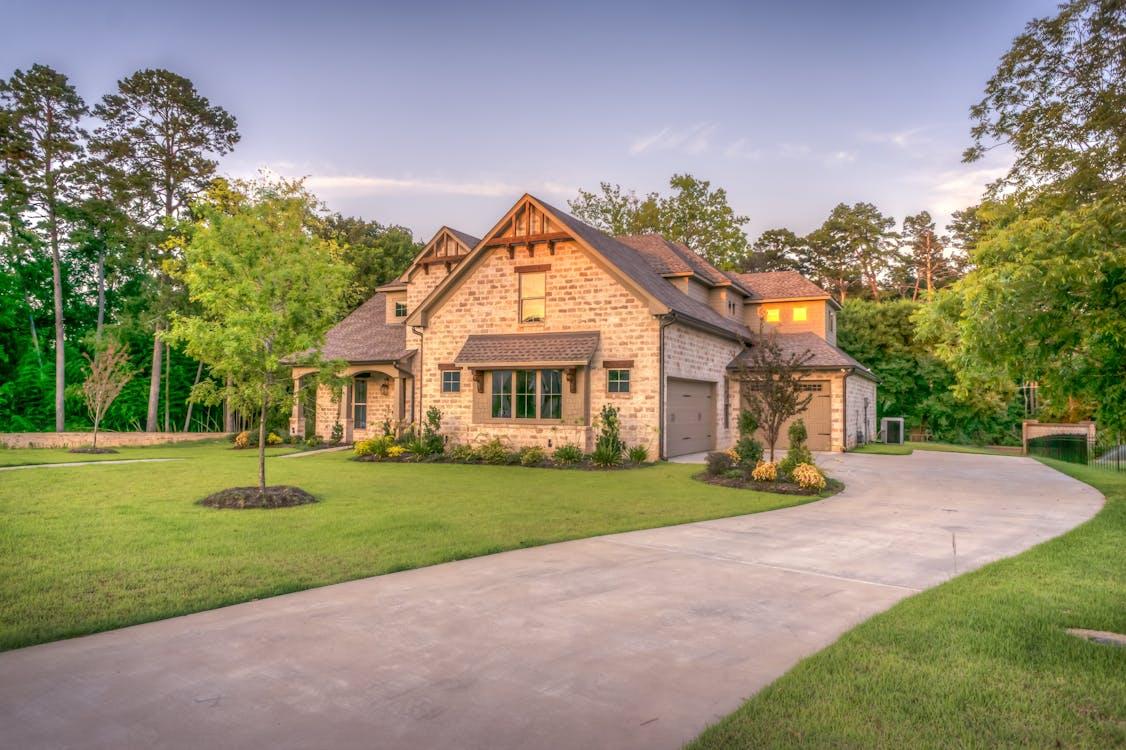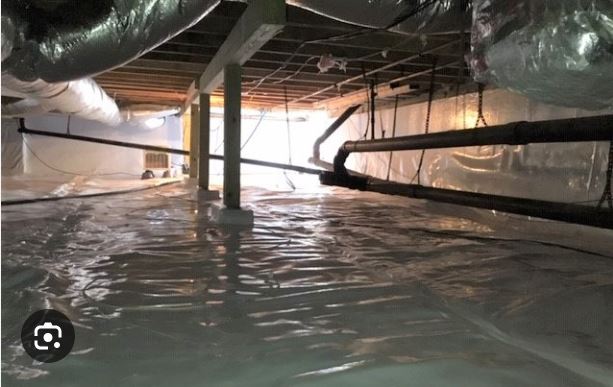
In Longmont, Colorado, homeowners experience just about every kind of weather. There are long sunny stretches, dry air, sudden hailstorms, and freezing winter winds. While homes here are built to hold up, time and weather still take a toll. The outside of your home is the first line of defense, and if it starts breaking down, bigger problems can follow.
Curb appeal matters, too. Whether you’re planning to stay in your home for years or thinking about putting it on the market, a well-maintained exterior sends the right message. It shows the house has been cared for and helps keep long-term costs down by stopping damage early.
Some signs of wear are easy to spot. Others creep up over time. Either way, staying ahead of repairs helps avoid more costly fixes later. Here are a few things to look for if you think it might be time to update the outside of your home.
Roof Damage or Visible Wear
The roof takes the brunt of Colorado’s weather. After years of sun, snow, and wind, even a well-installed roof can start showing signs of age. Look for missing or curled shingles, dark streaks, sagging spots, or moss growth. Water stains on your ceiling or inside walls might also point to roof trouble.
If you notice leaks, broken shingles, or signs of aging on your roof, it might be time to call a trusted Longmont roofing contractor to take a closer look. A professional can tell you if repairs are enough or if it’s smarter to start fresh. Waiting too long can lead to water damage, insulation issues, and even mold growth inside the home.
It doesn’t always take a major storm to damage a roof. Small issues left alone can grow into bigger repairs. Checking once or twice a year—especially after winter—can help spot problems before they cost more to fix.
Faded, Cracked, or Peeling Paint
Paint does more than give your house color. It protects the surface underneath from wind, moisture, and sun damage. In a dry climate, paint can wear down faster than expected. If your home’s paint looks dull, cracked, or is starting to peel, it may be time to refresh the exterior.
Peeling or chipped paint can leave wood exposed, which may lead to rot or insect problems. A fresh coat of paint doesn’t just help with looks—it adds a new layer of defense. If you’ve already painted in the past five to seven years, but you’re starting to notice issues, it might be worth using a more durable product or switching to another type of siding material down the line.
Siding That’s Warped, Cracked, or Loose
Siding plays a big role in protecting your home from wind, rain, and pests. Over time, even tough materials can wear out. In some regions, especially those where temperatures swing from very hot summers to very cold winters, siding can start to warp, crack, or pull away from the structure.
If you notice sections that look uneven, have visible gaps, or feel soft when touched, that’s a clear sign the siding may need attention. Mold or mildew on the surface, especially near the bottom edges, is another red flag. These signs can point to trapped moisture or hidden damage underneath.
Upgrading siding doesn’t just stop further wear—it also gives your home a fresh look. Modern materials like vinyl or fiber cement come in a range of colors and styles, and they’re designed to hold up better under changing weather.
Drafty or Damaged Windows
Old or poorly sealed windows can cause drafts, let in moisture, and raise your energy bills. If you feel a breeze when standing near a closed window, or if condensation forms between the panes, the windows might be past their prime.
Frames that are cracked, warped, or hard to open can lead to further issues, including water damage and poor insulation. Replacing outdated windows with more efficient options can help keep your home comfortable throughout the year.
New windows also improve the look of your home. They give the exterior a cleaner appearance and can often be matched to your existing style. Whether you go with wood, vinyl, or composite frames, updated windows are one of the more practical upgrades for both comfort and value.
Gutters That Sag or Overflow
Gutters don’t get much attention—until they stop working. If water overflows during rain or you see sagging sections, the gutters might be clogged, damaged, or no longer aligned properly. This can lead to water spilling down your siding, soaking into your foundation, or even backing up onto the roof.
Regular cleaning helps, but if you notice that your gutters are rusted, cracked, or pulling away from the house, it may be time to replace them. Seamless gutters or those with built-in guards reduce future maintenance and help water flow where it’s supposed to go.
Ignoring gutter issues can cause serious problems over time. Replacing or upgrading them is a small fix that can prevent much bigger repairs down the road.
Outdated Exterior Fixtures or Features
Sometimes, it’s not damage—it’s just age. A home with a solid structure can still look tired if the fixtures and details are outdated. Faded light fixtures, cracked concrete steps, or an old front door can make the whole house seem less inviting.
Small upgrades can go a long way. Swapping out the porch light, repainting the front door, or adding new house numbers can modernize your home’s appearance without a big budget. These changes are simple but have a big impact on how your home looks from the street.
Keeping your home’s exterior in good shape helps avoid bigger problems later. Watching for early signs—like cracked siding, old paint, or roof damage—gives you the chance to take care of issues before they grow. A few smart upgrades now can make your home look better, function better, and hold up longer—no matter what the weather brings.
Write and Win: Participate in Creative writing Contest & International Essay Contest and win fabulous prizes.

